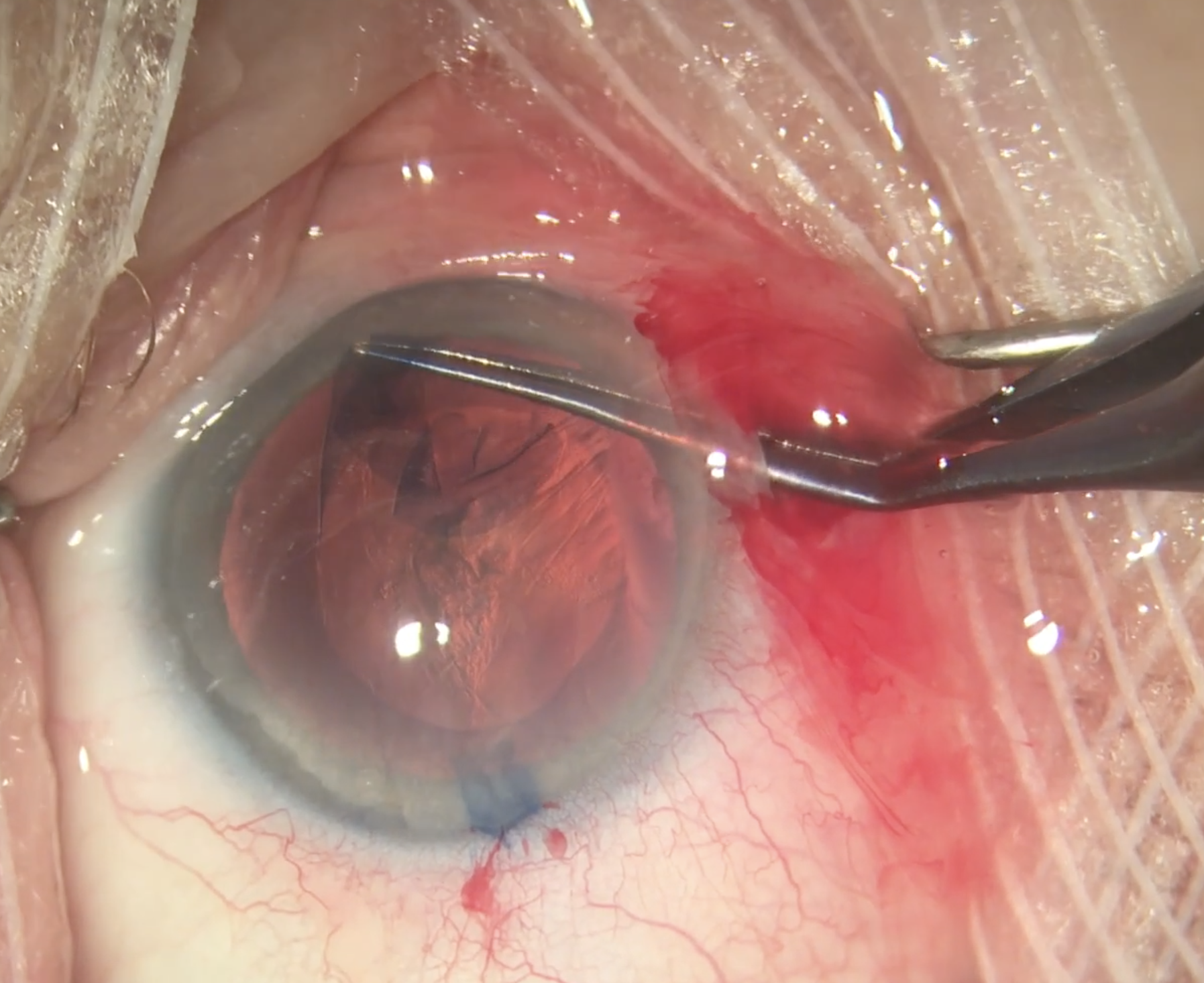 |
| An analysis of Medicare claims found a decrease in same-day bilateral cataract surgeries between 2011-2019 compared with the decades before. Photo: Christina Tran, BS, and Leonid Skorin, Jr., DO, OD. Click image to enlarge. |
The onset of COVID-19 and the subsequent nationwide lockdown in the United States critically altered the delivery of medical care, with hospitals seeking to minimize in-person patient interaction and exposure. This increased interest in same-day, immediate sequential bilateral cataract surgery among both physicians and patients. Researchers analyzed Medicare claims data to compare characteristics of patients undergoing immediate and delayed sequential bilateral cataract surgery and assess factors associated with those who received immediate surgery. The study determined that incidence of immediate bilateral surgery was low throughout the decade from 2011 to 2019 (0.2%). However, rates of endophthalmitis and cystoid macular edema (CME) for immediate surgery were comparable with the delayed option.
The team identified 4,014 (0.2%) patients who received immediate sequential bilateral cataract surgery and 1,944,979 (99.8%) patients who received the delayed surgery among Medicare beneficiaries 65 years and older between 2011 and 2019.
The annual rate of immediate sequential bilateral cataract surgery showed little variation from 2011 to 2019, ranging from 1.38 to 3.36 immediate surgeries per 1,000 bilateral cataract surgeries each year. In 2020, however, both the absolute number of immediate sequential bilateral cataract surgeries performed and the rate of immediate sequential surgeries per 1,000 bilateral cataract surgeries increased compared with every other year of the analysis, except for 2016.
Black (OR: 2.31), Asian (OR: 1.82) and Native American (OR: 2.42) patients were more likely to receive immediate surgery compared with white patients. Patients residing in rural areas also had a higher likelihood of immediate surgery (OR: 1.26) compared with those in metropolitan areas. Patients operated at a hospital compared with an ambulatory setting (OR: 2.71) were more likely to receive the immediate surgery. Patients with bilateral complex vs. non-complex cataract (OR: 3.23) were also more likely to receive the immediate surgery.
In determining rates of CME after the two surgeries, the study found no significant difference in endophthalmitis rate within 42 days between immediate surgeries (1.74 per 1,000 surgeries) and delayed surgeries (1.01 per 1,000 surgeries). Similarly, there was no significant cumulative difference regarding CME rates after each (1.79 per 100 immediate surgeries, 1.96 per 100 delayed surgeries).
The researchers believe that immediate sequential bilateral cataract surgery may present an opportunity to improve access to cataract surgery for select patient populations. Proponents of the immediate option cite advantages such as fewer patient visits, less travel time, faster visual recovery and reduced demands on patient caregivers.
“Determining the reasons for this low rate of adoption has significant financial and practice implications because of the high volume of cataract surgery,” they noted. “Further post-pandemic studies should elucidate whether COVID-19 has temporarily or permanently changed our willingness to adopt immediate sequential bilateral cataract surgery.”
Malwankar J, Son HS, Chang DF, et al. Trends, factors and outcomes associated with immediate sequential bilateral cataract surgery (ISBCS) among Medicare beneficiaries. Ophthalmology. December 28, 2021. [Epub ahead of print]. |

